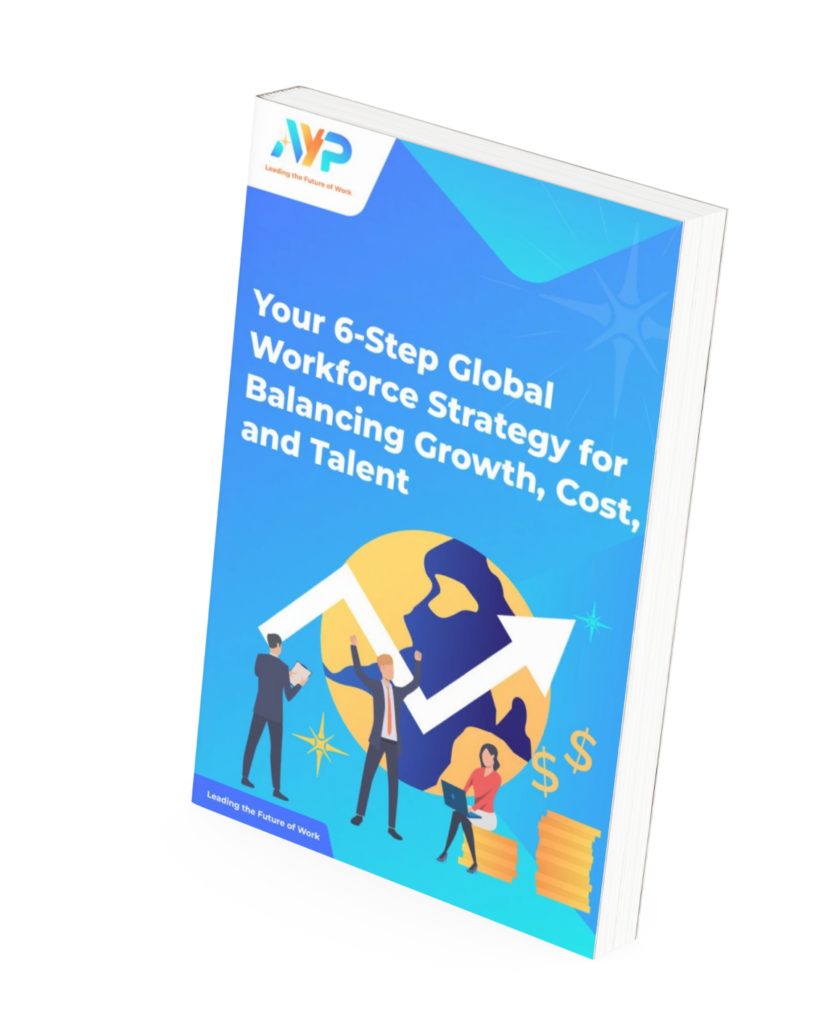The month of December is finally upon us, and in a very short period of time, a brand new year 2024 will be ringing in - bringing with it a new host of key HR practices and recruitment trends that are changing the HR landscape.
The 2024 HR recruitment trends in Asia are seeing new challenges arising: economic uncertainties and volatilities, talent retention, workforce growth, and also the incumbent fact that the workforce today is integrated with four generations from baby boomers to the first of the Gen Z.
HR solutions have never been more varied and multitasking than today’s - and as the HR role changes and diversifies along with the current times, it is vital to note that HR remains significant and very much at the forefront of every business growth due to its principal role in managing and regulating manpower within an organisation.
With such a pivotal role to play, it is important for HR practitioners to be aware of the latest recruitment trends - and here are 6 key hiring trends that are set to impact 2024 in a significant way.
1. Virtual hiring to continue its momentum

In 2021, Monster released a survey entitled 2021 Future of Work Survey that reported about 70% of recruiters adopt virtual technology for at least half of their candidates’ interviews and new hires onboarding.1
This allows for virtual meetings or interviews to happen - in which technology integrated itself to be indispensable in the recruitment process. Fast forward to year 2023 and future year 2024, a new tool has arrived in the form of Virtual Reality (VR) technology that has recently gained traction and is expected to impact the hiring process in 2024.
Implementing VR technology in the hiring process is a level up beyond video resumes with an additional benefit of providing an immersive and realistic virtual experience for potential candidates - making it the epitome of revolutionary tech in application for the HR industry.2
2. AI-assisted hiring to gain traction
Artificial Intelligence (AI) is now a prevalent presence in many sectors and industries - and it is no exception for the HR department. From streamlining hiring processes to assisting in workload such as administrative tasks (sifting through volumes of resumes and matching candidates), AI tools have been most helpful and efficient to create more manageable tasks for HR professionals.3
With these repetitive tasks being automated by AI-powered tools, HR professionals can then shift their focus to core HR aspects that are of human-centric nature or strategy.
3. Data-driven hiring is here to stay
2024 will see recruitment strategies being shaped by data analytics, as more hiring managers or teams are making data-driven decisions to improve the quality of their hires. Data analytics are important to show recruiters the historial hiring data, so that they can identify patterns and trends in successful candidates - which in turn leads to better candidate sourcing and selection.
Apart from this, it is notable to mention that data analytics can help measure recruitment performances - and information such as the effectiveness of various sourcing channels to the time-to-hire and cost-per-hire will allow organisations to refine their recruitment strategies and allocate resources more efficiently from time to time.4
4. Internal hiring continues to be a major choice in the recruitment process

As one of the key challenges today is talent retention, internal hiring has emerged as one of the major strategies to reduce recruitment costs and improve employee retention in organisations. This is supported by LinkedIn data that reported a 10% increase in internal hiring since 2015.5
This trend may not be seeing signs of slowing down as the current turbulent economic landscape moves from 2023 to 2024 - since there is a need to be cost-savvy and to have a good talent management in place to ensure that the workforce continues to grow and expand while navigating these challenging economic terrains.
5. Diversity and inclusion to be at the forefront of hiring today’s workforce
In a 2019 analysis by Mckinsey, companies with more than 30% of women executives were more likely to outperform companies with lesser percentages of women executives. In the case of ethnic and cultural diversity, top-quartile companies are 36% more profitable than lower ones.6
These statistics point to the fact that diversity and inclusion are making important statements for gender, ethnic and cultural diversity to be taken seriously in the workforce, as diverse talents can be the main force to drive business growth forward and success.
6. Employee wellbeing is the key focus
With a global workforce that has changed since the Covid-19 pandemic, employees today are rethinking their priorities and moving away from traditional work arrangements.
2024 will see complacent attitudes on workplace mental health being shaken up, as Gen Z’s growing presence in the workforce will make a difference whereby mental health struggles are no longer an avoided taboo topic but is a prevalent issue that is being actively addressed nowadays in the workplace.7
References
- Monster Announces the Results of 2021 Future of Work Survey. ↩︎
- Recruitment trends to watch out for in 2024. ↩︎
- Top 10 recruitment technology trends for 2024. ↩︎
- Recruitment Trends in 2024: What’s on the Horizon? ↩︎
- 17 Recruiting Trends That Are Shaping 2024. ↩︎
- Diversity wins: How inclusion matters. ↩︎
- HR Trends 2024: Future-Proofing Workforce Well-Being. ↩︎



